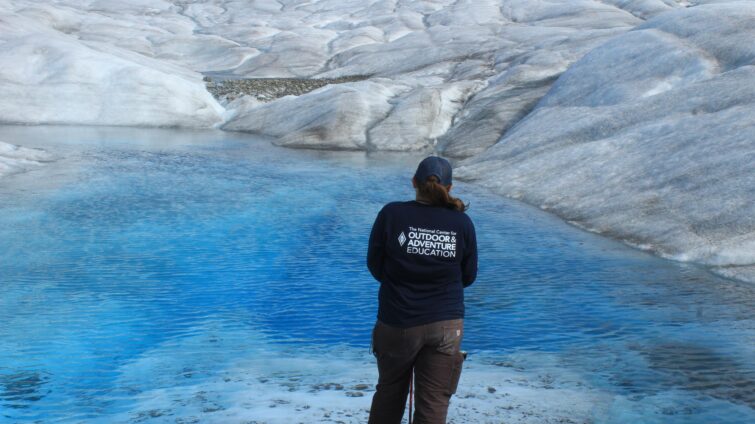
A change in circumstance, environment or routine can create apprehension in the most fearless of individuals. And that’s especially true for the nine North Carolina teenagers raised in low-income families who recently participated in an intense, three-week wilderness-based, service-learning program, 4,500 miles from home.
Before heading off for the Alaskan backcountry this past summer, the teenagers—several chronically homeless and impoverished according to Federal guidelines—were asked to describe fears they had regarding the upcoming outdoor adventure.
Before heading off for the Alaskan backcountry this past summer, the teenagers were asked to describe fears they had regarding the upcoming outdoor adventure.
Each of these youngsters has been enrolled in a years-long North Carolina-based experiential education program called Education Without Walls. Which means they all have some experience in pitching a tent, building a campfire and keeping food out of the reach of bears.
Embracing Dark Thoughts
But the thought of trekking hundreds of miles deep in the wilds of Alaska did present some concerns. In an on-camera interview before the trip, one participant said he was afraid he might wake up some morning and find himself sharing his sleeping bag with a snake. Another mentally explored the specter of darkness on the trail. Pitch-black, wilderness darkness. An “I’ve a feeling we’re not in North Carolina anymore” kind of darkness.
Quenton Bowman, a 16-year-old student at New Hanover High School in Wilmington, N.C., faced the camera lens wearing shorts, a hoodie and a brave smile. “What I fear is not coming back a changed man,” Quenton said.